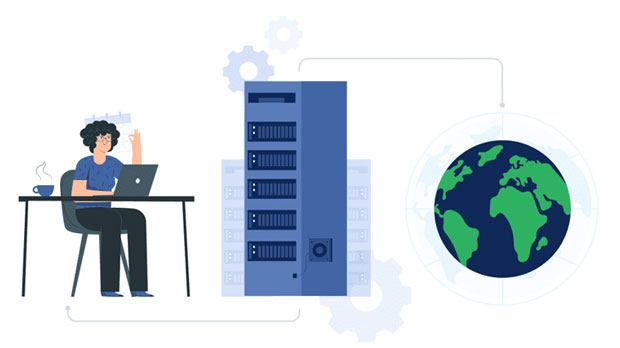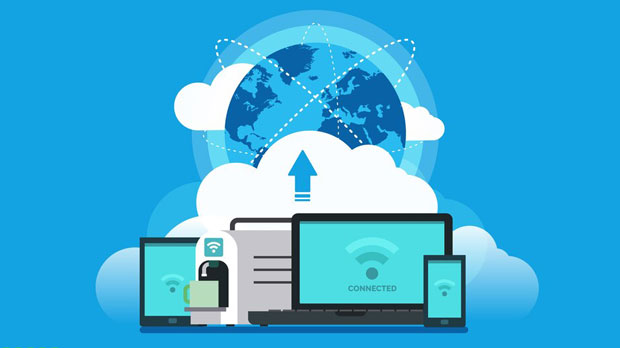When considering HTTP proxy solutions, PYPROXY and CliProxy are two common tools that are widely discussed in terms of their speed and stability. Both tools offer unique features that can be leveraged in different scenarios, depending on user needs and system configurations. This article will delve into a comprehensive comparison of these two proxies, analyzing them in terms of their performance metrics, stability, and usability, ultimately helping users make an informed choice between them. By comparing the two proxies across various parameters, we will explore their strengths and weaknesses, offering a clear understanding of which tool excels in specific use cases. Overview of pyproxy and CliProxyPyproxy and CliProxy are HTTP proxy tools designed to manage traffic and improve internet access control. While pyproxy is a Python-based tool, CliProxy operates primarily as a command-line interface (CLI) proxy. Both tools serve the purpose of anonymizing and speeding up internet connections by routing traffic through different servers. However, their implementations differ significantly, which can affect speed, stability, and overall user experience.Pyproxy is favored for its flexibility and integration with Python scripts, making it a versatile option for developers and technical users who need to build custom proxy solutions. It excels in automation and scalability, allowing users to configure proxy setups with ease.On the other hand, CliProxy operates with a focus on simplicity and efficiency. Being a command-line tool, it offers quick setup and minimal overhead, making it a preferred choice for users who prioritize speed and ease of use. While it might not offer the same level of customization as pyproxy, it compensates with superior stability and faster connection speeds in certain scenarios.Speed Comparison: How Fast Are Pyproxy and CliProxy?Speed is one of the most crucial factors when choosing an HTTP proxy. The speed of a proxy directly affects internet browsing, data transfer rates, and the overall user experience.Pyproxy tends to be slower in comparison to CliProxy in many use cases, primarily due to its reliance on Python scripts for proxy handling. The execution of Python code introduces additional latency, which can hinder performance, especially in high-traffic environments. However, pyproxy's speed can be optimized with proper configuration, such as using asynchronous processing or by integrating it with faster HTTP libraries. Still, it is generally seen as slower than CliProxy due to its script-based nature.CliProxy, being a simpler command-line tool, operates with minimal overhead, resulting in faster processing times. It does not require additional scripting or integration with other libraries, which helps in reducing latency and improving overall speed. Users who are focused on raw speed for browsing or web scraping often prefer CliProxy due to its efficiency and streamlined performance. However, its speed can also be affected by external factors such as server location, network congestion, and hardware capabilities.In terms of raw performance, CliProxy is generally faster for standard browsing and online tasks, especially when minimal customization is needed. Pyproxy, however, may offer competitive speed if it is properly configured and optimized for specific use cases.Stability: Which Proxy Is More Reliable?Stability is another critical factor when choosing between pyproxy and CliProxy, especially for long-term use or high-demand environments. Stability refers to the proxy’s ability to maintain a steady connection, avoid downtime, and handle large volumes of traffic without disruptions.Pyproxy, while highly customizable, can sometimes be less stable than CliProxy. The complexity of Python scripts and configurations can introduce bugs or errors, leading to connection failures or slowdowns if not properly handled. Additionally, as it is highly flexible, users may occasionally face challenges in maintaining a stable connection, especially if they lack experience in handling Python environments.However, pyproxy does offer advanced features such as error handling and retry mechanisms, which can improve its stability if configured correctly. For developers who are willing to put in the effort to optimize their setups, pyproxy can provide reliable stability over time.CliProxy, by contrast, is generally more stable out of the box. Its simpler architecture means fewer potential points of failure. CliProxy is designed for ease of use and minimal configuration, so users typically encounter fewer issues related to stability. The absence of complex scripting and dependencies means that it is less prone to bugs or performance issues under high load.Despite being simpler, CliProxy is highly reliable for general web traffic and is particularly suited for users who need a stable connection without extensive customization. For those who are not keen on spending time troubleshooting or optimizing configurations, CliProxy is likely the better choice for stability.Customization and Flexibility: Pyproxy’s AdvantageOne of the key strengths of pyproxy is its flexibility. Being built in Python, it can be easily customized to fit a variety of use cases. Users can integrate pyproxy with custom scripts, configure advanced proxy settings, and even combine it with other Python libraries to extend its functionality. For example, pyproxy can be used to create a proxy pool, rotate proxies, or apply complex routing rules based on IP addresses or geographical locations.The ability to write custom Python code also allows pyproxy to be integrated with other systems or automation tools, providing developers with a level of control and customization that is not available with simpler proxies like CliProxy. This makes pyproxy an excellent choice for developers or technical users who require a tailored solution.CliProxy, on the other hand, is less customizable. While it does offer some basic configuration options, it does not support the advanced customization that pyproxy offers. It is best suited for users who need a straightforward, no-fuss proxy solution and are not concerned with integrating it into complex systems or automating proxy rotations.Use Cases: Which Proxy Should You Choose?Choosing between pyproxy and CliProxy largely depends on the specific use case and user expertise.- Pyproxy is ideal for developers and technical users who need a flexible, scalable proxy solution. It is best suited for projects requiring customization, such as web scraping, data collection, or applications that need complex proxy configurations. If you are looking to build a proxy solution that integrates with other systems or applications, pyproxy is the way to go.- CliProxy is more suited for users who prioritize simplicity, speed, and stability over advanced features. It is an excellent choice for general browsing, bypassing regional restrictions, or any task where speed and reliability are more important than customization. If you need a proxy for everyday internet tasks and want something that is easy to set up and maintain, CliProxy is the better option.Conclusion: Which One Wins?In conclusion, both pyproxy and CliProxy have their advantages, but the choice between the two ultimately depends on your specific needs and preferences. If you need advanced customization and are willing to invest time in optimizing the tool, pyproxy is the better option. However, if speed, stability, and ease of use are your priorities, CliProxy offers a simpler, faster, and more reliable solution for everyday tasks. By understanding the strengths and limitations of each tool, you can select the one that best fits your requirements, ensuring optimal performance for your HTTP proxy needs.
Sep 20, 2025



































































